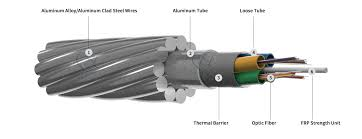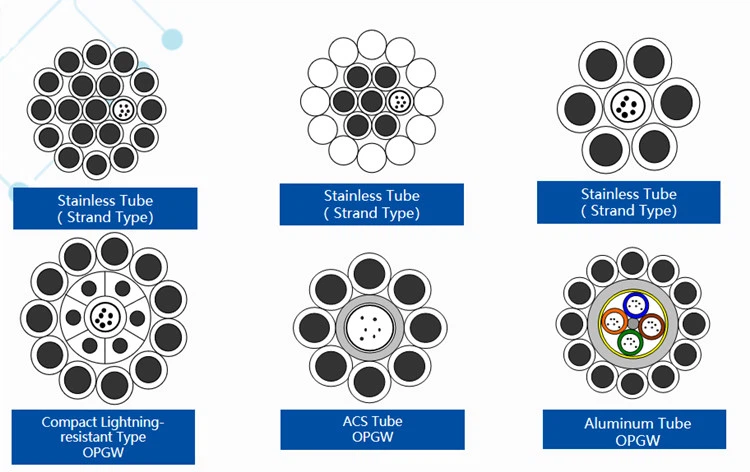OPGW Optical Ground Wire cables have become essential components in modern telecommunication and power distribution systems. They serve a dual purpose: providing grounding and lightning protection for power lines while also offering high-speed data transmission capabilities. As demand for OPGW cables increases, understanding their pricing becomes crucial for utilities and telecommunications companies. This article delves into the factors influencing OPGW cable prices and the current market trends.

Fiber Core Count
One of the primary determinants of OPGW cable pricing is the number of optical fibers within the cable. Common configurations include 24, 36, 48, and 72 fibers. Higher fiber counts allow for greater data transmission capacity, which can significantly increase the cable's price. For instance, a 24-core OPGW cable may cost less than a 72-core version due to the additional materials and manufacturing complexity involved.
Material Composition
The materials used in OPGW cables also impact their cost. OPGW cables typically consist of an aluminum-clad steel core or aluminum alloy. The choice of materials affects both the cable's durability and its price. Aluminum alloys, while lighter and often preferred for their strength-to-weight ratio, can be more expensive than standard aluminum steel.
Cable Structure and Diameter
OPGW cables come in various diameters and structural designs to accommodate different installation environments. The specific design requirements can affect manufacturing costs. Cables designed for extreme weather conditions or specific load-bearing capabilities may be priced higher than standard models.
Market Demand and Raw Material Prices
The overall market demand for OPGW cables and fluctuations in raw material prices (such as aluminum and steel) can lead to price volatility. Economic conditions and supply chain issues can further influence costs. For example, if there is a surge in demand for renewable energy projects, this could drive up OPGW cable prices due to increased procurement by utility companies.
Quantity and Order Size
The quantity of cables ordered can significantly influence pricing. Bulk purchases typically come with discounts, making it more cost-effective for large-scale projects. Conversely, single or small quantity orders may incur higher per-unit costs.

Current Price Trends
As of recent market analysis, the price range for OPGW cables is generally between RMB 10,000 to RMB 30,000 per kilometer. For example:
A
24-core OPGW cable is estimated to cost around RMB 15,000 per kilometer.
A 72-core OPGW cable might reach up to RMB 30,000 per kilometer or more, depending on the material and structural specifications.
These prices are subject to change based on the aforementioned factors, and it's advisable for buyers to obtain quotes from multiple suppliers to ensure competitive pricing.
Conclusion
Understanding the pricing of OPGW cables is essential for companies looking to invest in telecommunication and power infrastructure. By considering the key factors that influence costs—fiber count, material composition, cable structure, market demand, and order size—buyers can make informed decisions that align with their project budgets and requirements. As the market evolves, staying updated on pricing trends will be vital for successful procurement and project execution in the ever-changing landscape of telecommunications and power distribution.


